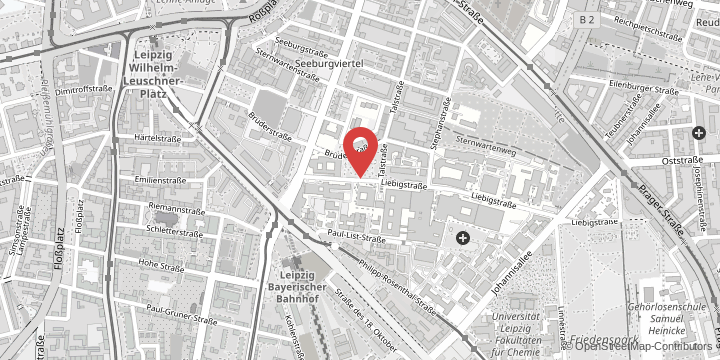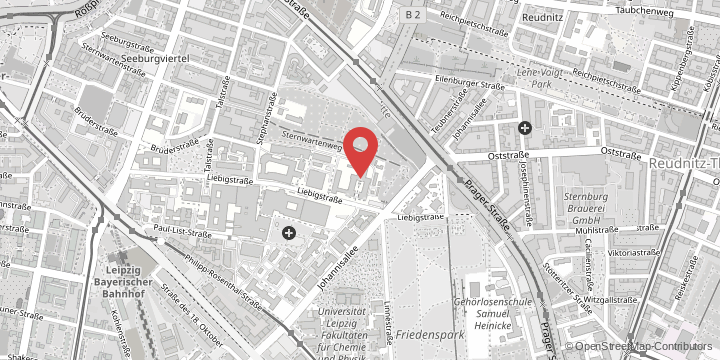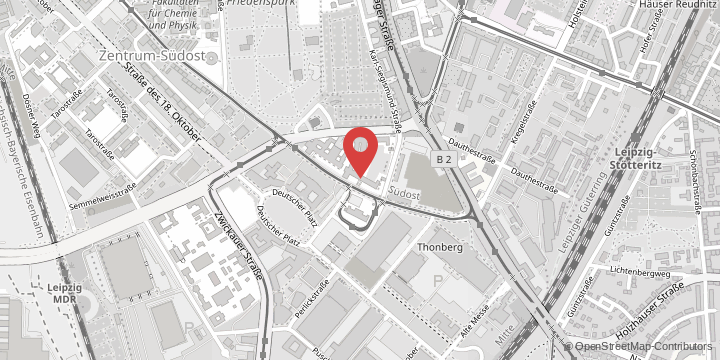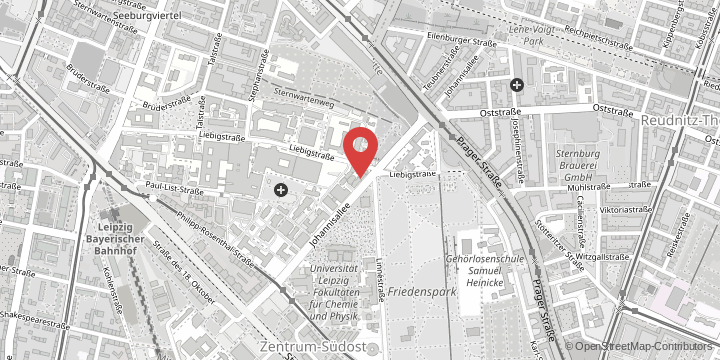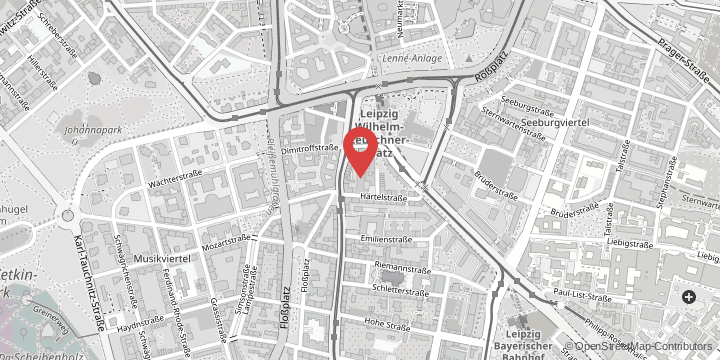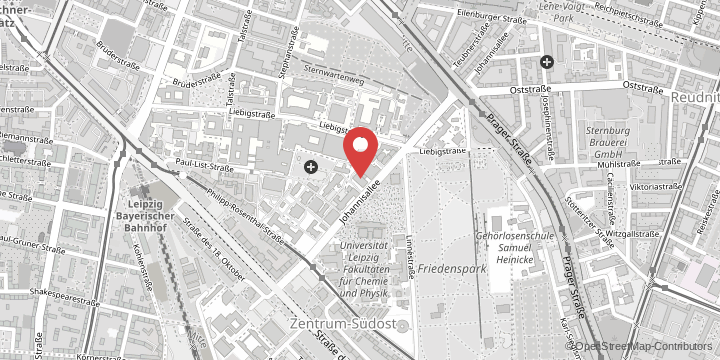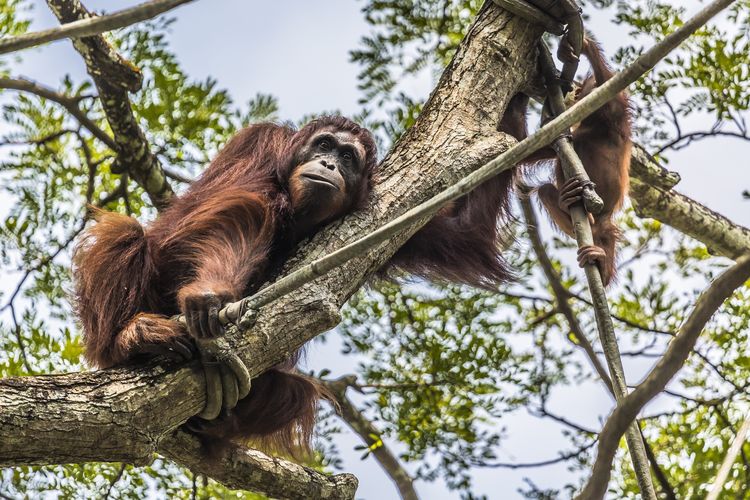A team of two Max Planck institutes and Leipzig University looked at how male orangutans learn from others, finding that individuals who grew up in habitats with plentiful food had a higher propensity to attend to social information. This finding demonstrates how an animal’s ecology can impact its opportunities to socially learn, and thus the likelihood that a new behaviour can become an innovation with cultural properties.
“We’ve shown that animals’ ecological environment and respective resource availability have knock-on effects on an individual’s social learning opportunities, but also on its propensity for social learning over evolutionary time,” says first author Julia Mörchen.
The team from the Max Planck Institutes of Evolutionary Anthropology (MPI-EVA) and Animal Behavior (MPI-AB) and Leipzig University (UL) studied adult male orangutans from wild populations in Borneo and Sumatra. “Because of their unique life history, adult males offer unique insight into orangutan social learning,” says Mörchen, a doctoral researcher at Leipzig University.
Once males reach independence, they leave the natal habitats in which they were raised and spend the rest of their lives as nomads roaming the rainforest. “This means that males are like perpetual tourists, so they have to constantly learn crucial behaviours, like what food is safe to eat, from experienced locals,” says Mörchen. To learn the necessary new skills, migrant males watch resident orangutans in a behaviour known as “peering”.
The researchers studied orangutans in Borneo and Sumatra, collecting data on instances when migrant males were peering at locals. In both populations, they found that males spent more time close to others, and peered more at them, when food was more plentiful in the environment. The authors say that this provides evidence that an animal’s environment can modulate social learning. “When times are good, orangutans spend more time in close contact, and so there are more opportunities for social learning,” says Mörchen.
The finding deepened when the team compared migrant males from Sumatra and Borneo to see how rates of peering differed. Sumatran orangutans live in habitats with high food supply while Bornean populations live with low and fluctuating food availability. Unsurprisingly, males from Sumatran populations spent more time peering than males from Borneo. But the finding persisted, even after the effects of food availability was taken into account.
“It’s not just that Sumatran males had more food around and so they spent more time peering,” says Mörchen. “We found that Sumatran males had an overall higher propensity for peering than their Bornean counterparts.” The authors say that the study cannot disentangle the mechanisms driving the difference in the propensities to attend to social information. “It could be the result of developmental effects, of Bornean and Sumatran orangutans growing up under different ecological conditions,” says Mörchen. “Or, it could be the result of genetic differences between the species that split approximately 674 thousand years ago, or a combination of both.”
Senior author Caroline Schuppli, from MPI-AB, explains: “Our study provides a glimpse into how ecology may affect cultural transmission. We show that availability of food modulates social learning opportunities and thus how likely new behaviours are to become cultural.”
Senior author Anja Widdig, from MPI-EVA and UL adds: “Discovering such effects of prevailing food availability on social tolerance and peering in the least sociable great ape species that is most distantly related to humans points toward a deep evolutionary origin of ecological effects on social learning propensities in the hominid lineage and their potential presence in other lineages.”
Original title of the publication in iScience:
Orangutan males make increased use of social learning opportunities, when resource availability is high. https://doi.org/10.1016/j.isci.2024.108940







